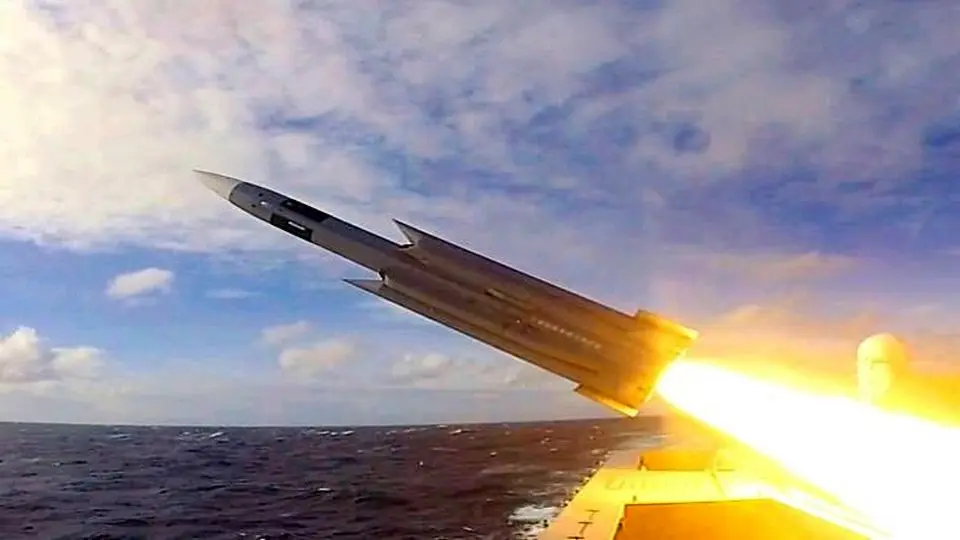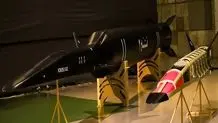Taiwan military developing scramjets for hypersonic missiles
The Taiwanese military has revealed plans to develop supersonic combustion ramjet (scramjet) technology to produce hypersonic missiles.

MEHR: The Taiwanese military has revealed plans to develop supersonic combustion ramjet (scramjet) technology to produce hypersonic missiles.
As missile technology advances from subsonic and supersonic speeds to the hypersonic domain, Taiwan is keeping pace by developing supersonic anti-aircraft and anti-ship missile systems, such as the Sky Bow and Hsiung Feng. However, a recent advanced technology plan published by the Armaments Bureau revealed new research on scramjet engines, indicating a long-range missile program, according to Liberty Times.
The Armaments Bureau recently announced its “National Defense Advanced Technology Research Program” for 2025, which includes a breakthrough project proposed by the System Development Center of the National Chung-Shan Institute of Science and Technology (NCSIST). This project aims to develop heat-resistant protective materials and improve scramjet engine ignition and flame retention over three years to enhance propulsion efficiency.
Hypersonic weapons have superior speed to current supersonic weapons, featuring streamlined designs and higher flight altitudes that provide exceptional maneuverability. This allows them to change direction mid-flight, significantly reducing the enemy’s reaction time and making them a more formidable threat than traditional ballistic missiles.
Only the Hsiung Feng 2E (雄風二E) cruise missile, with a range exceeding 1,000 km, has been publicly acknowledged among Taiwan's current missile arsenal. Other long-range weapons, such as the rumored but unseen Yun Feng (雲峰) high-altitude supersonic cruise missile, the Ching Tien (擎天) supersonic cruise missile, and an unidentified ballistic missile, are also believed to have ranges exceeding 1,000 km.
A report by the US think tank Center for Strategic and International Studies (CSIS) stated that a ramjet powers the Yun Feng surface-to-surface supersonic cruise missile and has a range of 1,200 km, with an extended version in development that could reach 2,000 km. The report noted that the Yun Feng has been in development since 1996, became operational in 2014, and that the first batch of 20 missiles and 10 launchers was produced by NCSIST in 2019.
Su Yu-pen (蘇玉本), an advisor at NCSIST who was recently selected as an international member of the National Academy of Engineering, said in an interview with Liberty Times earlier this month that the key to successfully developing hypersonic missiles lies in materials science and thermal design. He believes Taiwan has sufficient talent and resources in the hypersonic field and that the government should quickly implement advanced projects to stay competitive.
Last year, media reports indicated that the Air Force had initiated a project under the codename “Feiji No. 2,” with a budget of NT$13.5 billion (US$415 million), to develop and modify the “Yun Feng II” missile into the Ching Tien hypersonic cruise missile. This missile has reportedly entered mass production and is gradually being delivered to the Air Force Air Defense and Missile Command for deployment, marking the first time the military has possessed a strategic weapon with such a range.
The recent scramjet engine research project proposed by NCSIST also clarified that the program is focused on advanced propulsion technology for hypersonic vehicles. The project aims to drive engine design improvements through academic collaboration and serve as a critical foundation for future hypersonic engine development.
آخرین اخبار News را از طریق این لینک پیگیری کنید.




